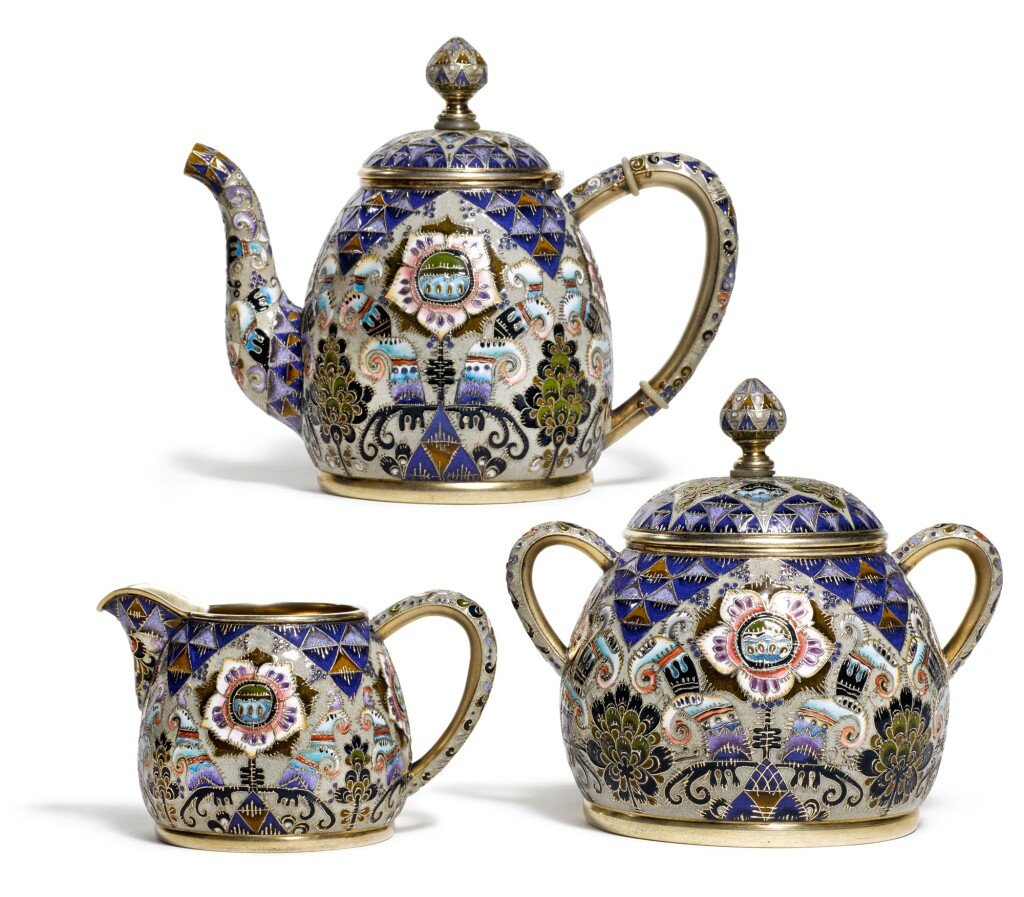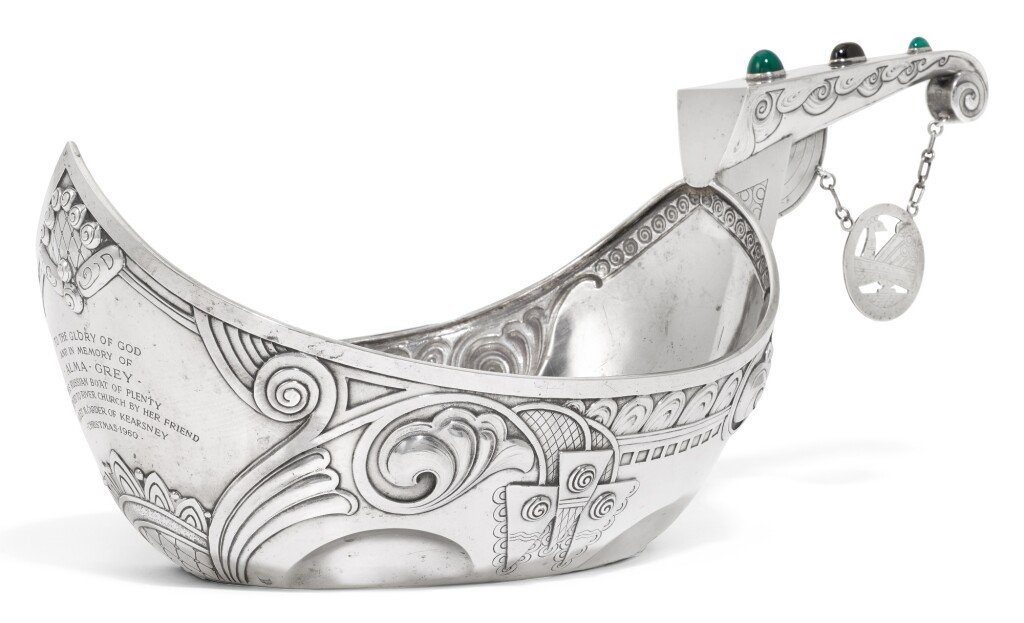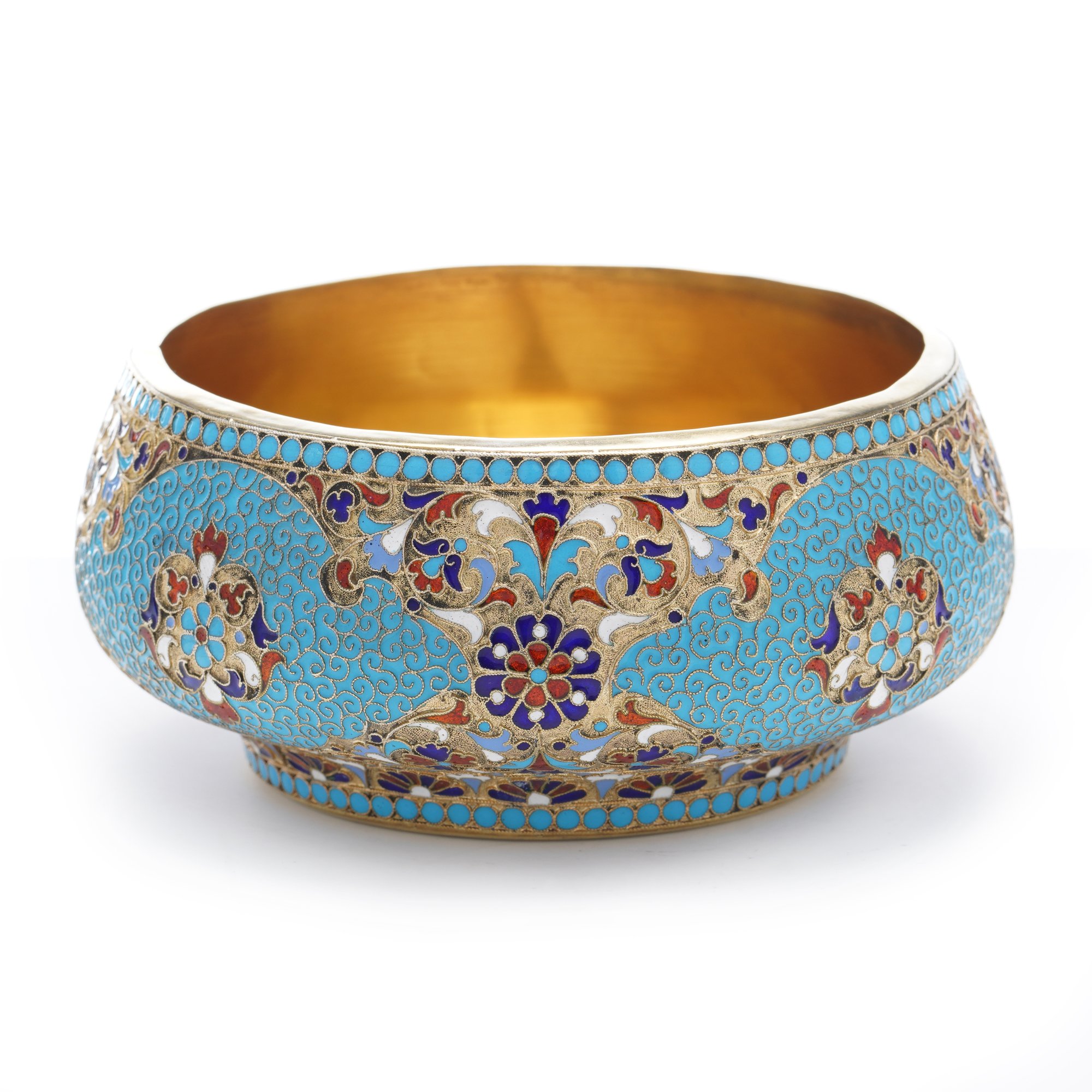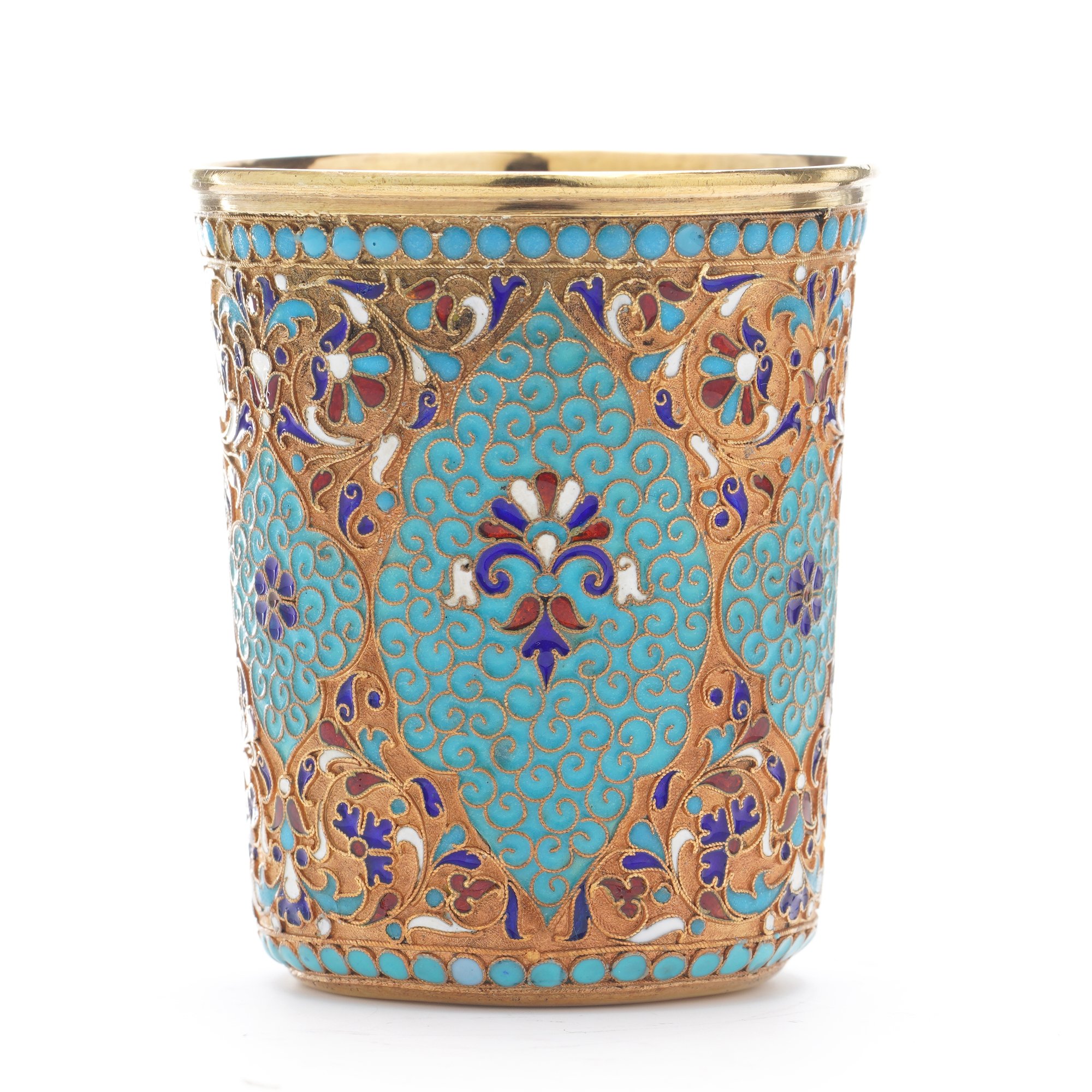The Beauty and Craftsmanship of Russian Imperial Era Silver
Silversmithing saw a renaissance during the Russian Imperial Period, which lasted from the late 18th through the early 20th century. Silver artefacts stand out among the many opulent goods created at this time for their exquisite designs and expert craftsmanship. The history, characteristics, and current status of Russian Imperial Era silver as a highly prized collectible will all be covered in this article.
A Rare Fabergé silver and en plein enamel cigar box, Moscow, circa 1911. Image courtesy of Sotheby’s
Russian Imperial Period Silver: A Brief History
The "Russian Enlightenment," which took place in Russia in the latter half of the 18th century under Catherine the Great, saw a resurgence of traditional Russian art and craftsmanship, including silverwork. The imperial court, with its opulent gatherings and spectacular balls, became the main customer of silver artisans. The royal family and the nobility ordered masterpieces from Christian F. Fabergé, whose workshop was one of the most known for producing silver at the period. Particularly Fabergé's eggs are now regarded as some of the most recognisable and expensive specimens of Russian Imperial Era silver.
A FABERGÉ SILVER-GILT AND CLOISONNÉ ENAMEL TEA SERVICE, WORKMASTER FEODOR RÜCKERT, RETAILED BY MARSHAK, MOSCOW, 1908-1917.
Image courtesy of Sotheby’s
Silver from the Russian Imperial Period: Characteristics
Silver from the Russian Imperial Period is distinguished by its elaborate decorations and superb craftsmanship. During this period, enamel, precious stones, and other decorative accents were frequently used to embellish the products. Russian Imperial Era silver frequently features typical Russian symbols like the Russian Orthodox cross and the double-headed eagle.
The usage of the so-called "Old Russian" style, which integrates elements of mediaeval Russian art and architecture, is one of the most remarkable features of Russian Imperial Era silver. The use of vivid, contrasting colours and intricate, highly detailed designs define this fashion trend.
A LARGE GEM-SET SILVER KOVSH, MIKHAIL TARASOV, MOSCOW, 1899-1908
Image Courtesy of Sotheby’s
Today's Russian Imperial Era Silver
Silver from the Russian Imperial era is still highly prized by collectors and enthusiasts. These products are exquisite pieces of art that are both precious and exquisitely made thanks to their elaborate designs and expert craftsmanship.
It's crucial to remember, nevertheless, that not all silver from the Russian Imperial Era is equal. Due to the market's overabundance of copies and knockoffs, it is essential to buy from reliable merchants and specialists.
Conclusion
Silver from the Russian Imperial Era is evidence of the craftsmanship and artistry of the time. Even today, collectors and enthusiasts prize these objects for their elaborate designs and superb craftsmanship. Do your research and only buy from trusted sites if you're interested in adding some silver from the Russian Imperial Era to your collection.
View Our Russian Silver Collection








